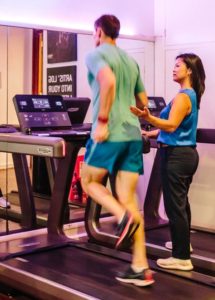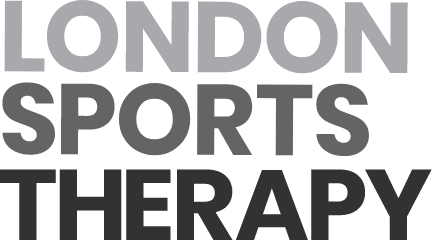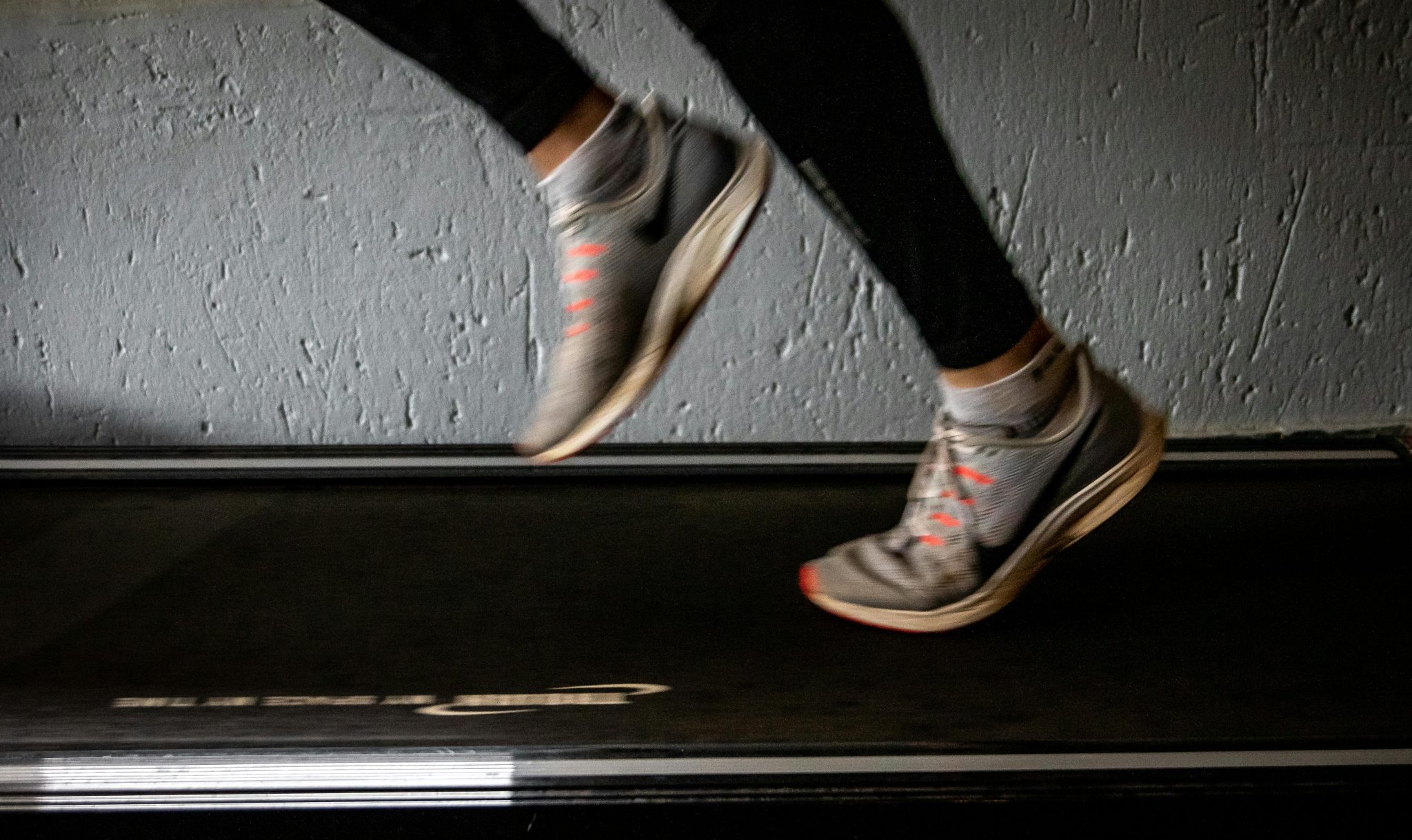Is your running performance not quite hitting the mark? Are you looking to enhance your running experience to reach your full potential? Or maybe you want to start running but are worried about experiencing pain or discomfort. Gait analysis and assessment can improve the performance, experience, and effectiveness of your running.
In this blog post, we’ll delve into the key benefits of gait analysis and assessment, common issues it can identify, what to expect during a session, and how tailored recommendations based on your results can take your running to the next level – just like they did for our patient Florence.
What is gait analysis and assessment?
Gait analysis and assessment is a process used to evaluate the way someone walks or runs (i.e. their gait) to identify any abnormalities or inefficiencies in movement patterns. This can involve observing the person’s posture, stride length, foot placement, and overall movement mechanics.
Analysing and assessing a person’s gait can help identify any potential issues that may be impacting their performance, causing pain, or increasing their risk of injury. As Sports Therapists, we use this information to develop personalised treatment plans, recommendations for footwear or orthotics (which we find are often unnecessary), and specific exercises to help improve gait and overall movement efficiency.
How can gait analysis benefit your running performance?
Gait analysis can benefit your running performance in several ways:
- Identifying biomechanical issues. Gait analysis can reveal any biomechanical (i.e. how your body parts work together) abnormalities or inefficiencies in your running form. Examples of this are overpronation or oversupination (see below).
- Improving running technique. Gait analysis can help you optimise your running technique by identifying areas where you may be overstriding, landing with excessive impact, or otherwise compromising your form. By making adjustments based on the analysis, you can reduce the strain on your body.
- Preventing injuries. By identifying any gait abnormalities or movement patterns that may be increasing your risk of injury, gait analysis can help you take proactive steps to prevent injuries before they occur. You get to address potential issues early on so you can avoid setbacks and stay healthy for longer periods.
- Enhancing performance. By improving your running efficiency, technique, and overall movement patterns, you can enhance your running performance. You’ll be running more efficiently and with better form and be able to increase your speed, endurance, and overall running capabilities.
What are some of the common issues or problems that gait analysis can identify?
Gait analysis can identify a variety of common issues or problems that may be affecting someone’s movement patterns and overall biomechanics. Some of the common issues that gait analysis can help identify include:
- Overpronation or oversupination. Abnormal foot movements can affect the alignment of the ankle and lower leg, leading to increased stress on the feet, ankles, and knees. With overpronation, for example, the foot tends to roll inwards, causing the ankle to tilt inward. This can potentially lead to misalignment and increased stress on the foot and lower leg. With oversupination (or underpronation), the foot rolls outwards or onto the outer edge excessively. When the foot has insufficient impact absorption and shock distribution, you lack natural cushioning and stability. This may increase the risk of injuries such as ankle sprains, stress fractures, and plantar fasciitis.
- Leg length discrepancies. Differences in leg length can affect gait symmetry and lead to compensation patterns that may contribute to pain or discomfort.
- Muscle weakness or imbalance. Weakness or imbalances in the muscles of the lower body can affect movement patterns and increase the risk of injuries.
- Poor posture or alignment. Issues with overall posture or alignment can contribute to inefficient movement patterns and strain on the muscles and joints.
- Compensations. The body may compensate for weaknesses or imbalances by altering movement patterns. This tends to lead to overuse of certain muscles or joints and potential injury risk.
By identifying these issues through gait analysis, we can develop targeted treatments and interventions to address them so you can improve your movement patterns, optimise your performance, and reduce the risk of injury.
What can I expect during a gait analysis session?
During a gait analysis session, you can expect the following steps:
- Initial assessment. During our first appointment, we’ll ask you some questions about your running and health history, any past or current injuries, your training regimen, and your goals for running performance.
- Physical examination. We may conduct a short physical examination to assess your flexibility, strength, and overall biomechanics to evaluate your posture and alignment while standing, squatting, lifting your arms, or bending to the side.
- Video analysis. You’ll then be asked to walk and run on a treadmill (or outdoor space) while being filmed from different angles. This video footage allows us to analyse and review your movement patterns, foot strike, stride length, and overall running form.
- Footwear assessment. We’ll also assess your running shoes to determine if they’re appropriate for your foot type, gait, and running style. If we identify any issues, we may be able to recommend specific types of shoes that can provide better support and stability.
- Orthotics assessment. Sometimes we come across patients who have been prescribed orthotics by other specialists that we find aren’t necessary. This is because we take a holistic, whole-body approach that allows us to watch the body move and identify what’s causing dysfunction in the foot (or feet), and address those specific issues.
- Recommendations. Based on the findings from the gait analysis, we’ll provide you with personalised recommendations for improving your running form, preventing injuries, and enhancing your running efficiency. This may include exercises, stretches, footwear adjustments, or changes to your training plan.
How often should I get a gait analysis done?
There’s no hard and fast rule, but it’s generally recommended that runners get a gait analysis done every 1-2 years. However, if you experience a change in your running style or technique, feel any discomfort or pain, or have suffered an injury, you should have your gait checked again. You must also use the right type of trainers and run with the proper form. So if you’re unsure, book an appointment!

Do you recommend specific exercises or treatments based on my gait analysis results?
The short answer is yes. However, the specific exercises or treatments we recommend will be tailored to you. Some common recommendations could include:
- Strength and stability exercises for the core, hips, glutes, and lower body muscles to improve overall stability and reduce the risk of injury. Examples may be squats, lunges, hip bridges, and clamshells.
- Stretching and mobility exercises help improve flexibility (in tight muscles and joints) and range of motion. Examples could include stretches for the hamstrings, hip flexors, or calves.
- Running drills to help improve running form and efficiency. We may focus on foot strike, cadence, arm swing, and posture – depending on what you need to work on.
- Shoe recommendations. Based on what we observe, we might be able to recommend running shoes that provide the necessary support and cushioning to address any biomechanical issues we identified.
- Manual therapy. We may also use manual therapy techniques such as massage, myofascial release, or joint mobilisations to help address tight muscles, fascia, or joint restrictions that may be contributing to running-related issues.
- Training modifications. Depending on the findings of the gait analysis, we may also recommend modifications to your training programme. This could involve adjusting mileage, intensity, or frequency of runs to prevent overtraining and reduce the risk of injury.
Overall, the goal of these exercises and treatments is to help improve your running efficiency, decrease the risk of injury, and maximise your running performance based on your specific gait characteristics and biomechanics.
Florence’s Case Study
Florence came to see us for a gait assessment because she was experiencing calf tightness and knee pain when running. By observing her run on a treadmill, we could spot some compensations. When we identified what was restricting her alignment, we pointed out how her walking and running were affected.
We worked on Florence’s running technique and gave her specific exercises that she was very diligent with. She was already strong, but through consistent practice, she was able to improve her technique. She now has a stronger hip drive and better heel cycling and has improved the power from her upper body. After working with us, Florence not only completed the Seville marathon, but she also knocked 14 minutes off her personal best! And we can say with confidence that she’s improved her strength and technique long-term. You can see Florence’s running assessment and the ‘before and after’ videos on our Instagram.
Would you like our help?
Gait analysis and assessment can be a game-changer for your running performance and overall experience. Whether you’re a seasoned runner looking to fine-tune your form or a beginner seeking to start on the right foot (literally), gait analysis can provide the pathway to help you achieve your running goals. You may have big goals like running a marathon (or even an ultramarathon) or smaller ones, such as moving more or taking up running for the first time. Whatever you’re after, we’re here to help! For more information about our running clinic and services, click here.
Don’t let discomfort or pain hold you back – take the first step towards maximising your stride and improving your running experience by booking a gait analysis session with us today. Let’s work together to make your running journey smoother, more efficient, and ultimately more rewarding. Your best run is just a gait analysis away!

